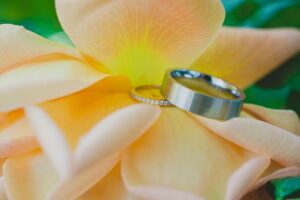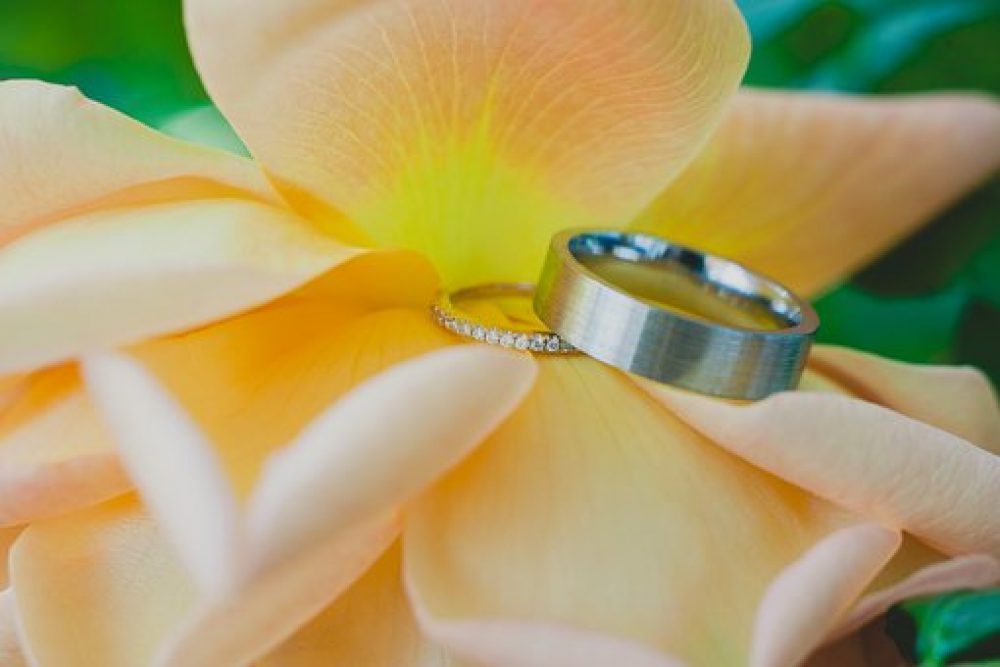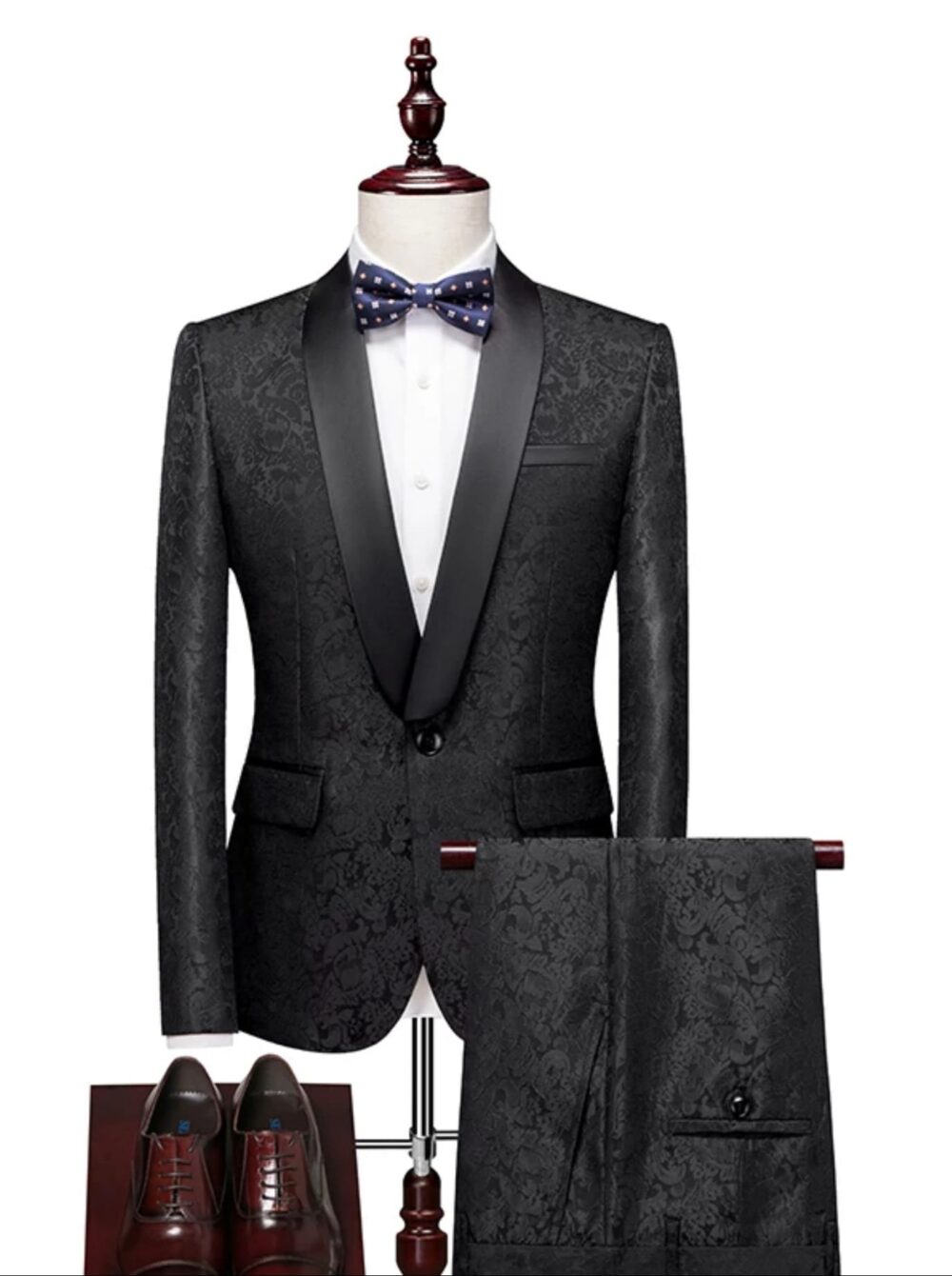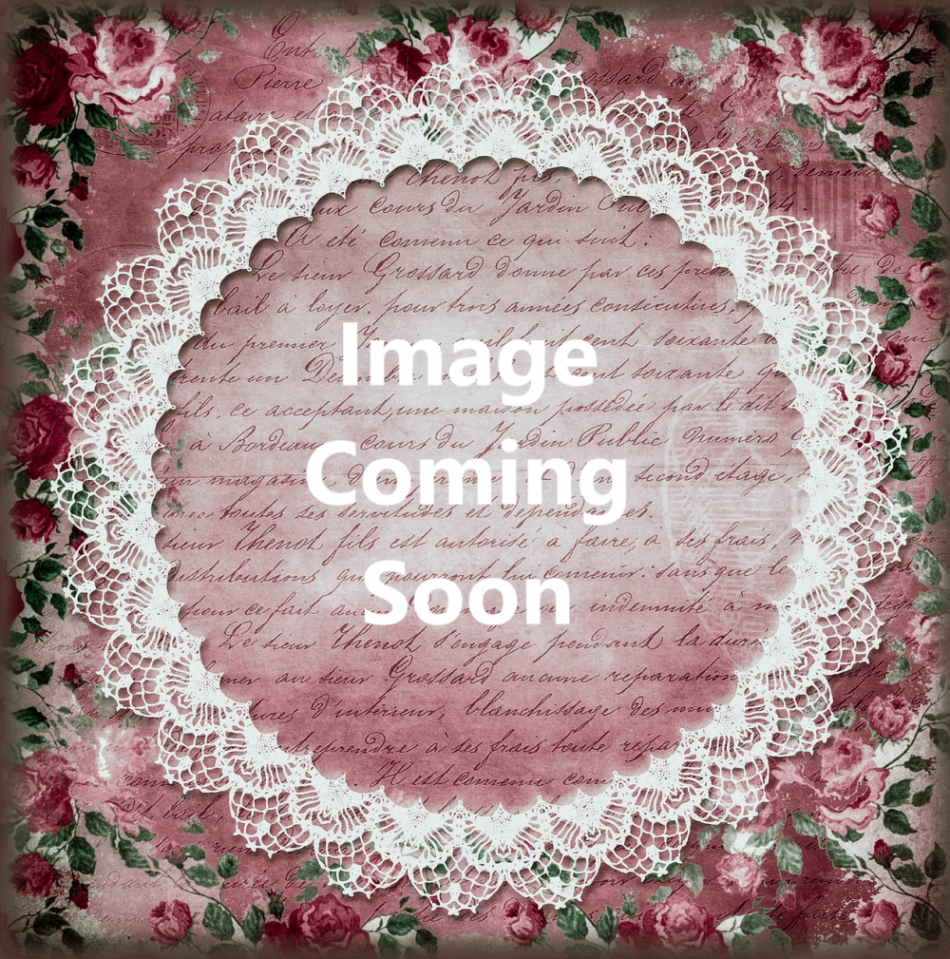
GOLD
The question of choosing precious metals really comes down to personal taste with regard to colour and also the price one wants to pay.
The composition of 9ct and 18ct gold is different, and the specific alloys used in both determine the final colour – yellow, white or rose. 9ct gold, regardless of the colour, contains 37.5% pure gold and a mix of alloys including silver, copper and a few others. This is in comparison to 18ct gold, which is 75% pure gold and contains less of the mixing alloys. Men often choose 9ct gold for their wedding rings because they believe it is a harder metal. As silver and copper are about the same hardness as pure gold, 9ct gold is, in fact, no harder than 18ct gold.
Durability is a very important factor in terms of bridal rings because one expects them to last at least a lifetime. 18ct gold is far more durable than 9ct gold because it is denser, so it handles impact better and will tend to dent rather than crack. It is also more substantial, because it is heavier. Therefore, overall, 18ct gold is a far superior metal to 9ct – comprising twice the quantity of pure gold – and as a result, it costs more.
With regard to colours and tones, 9ct yellow gold is slightly paler than 18ct due to the mix of alloys. Similarly, 9ct white gold is a little lighter in colour than 18ct due to the high silver content. The same applies to rose gold, with the 9ct being less intense in colour than 18ct.
WHITE GOLD – PALLADIUM & RHODIUM
As white gold is made up of yellow gold, silver, palladium, nickel and manganese it will never be pure white in colour. It tends to have a yellow-white hue to it. Often it is rhodium plated to give it a whiter finish and should be re-dipped every year or two to keep it looking white and brand new.
DDS Direct Diamond Design Studios use new, Palladium-rich white gold, without nickel, which creates the whitest of white-gold colour. The Rhodium is still applied over the top and eventually wears off over time but it’s not as much of a concern as it has been made with high quality Palladium-rich gold.
In comparison, when a ring is made from a lower quality white gold and contains a high nickel content, when the rhodium wears off, the gold underneath will be a slightly yellowish colour. This can be very disappointing to the customer; therefore our policy at DDS is to use only the highest quality gold at all times.
PLATINUM
Unlike white gold, platinum has a greyish-white tone and it will not fade to yellow. It will however, lose its shiny finish and become quite dull over time. Some people prefer the less shiny finish of platinum as the diamonds appear to stand our more. A platinum ring can be polished and cleaned every couple of years to keep its shine and it won’t ever need to be rhodium plated.
Platinum is a rarer and a denser, heavier metal than gold, therefore it costs more. Because only a few hundred tons of Platinum are produced annually, it is a scarce material, and highly valuable. It is also used in the technology industry, so it is in high demand. Platinum is a 95% pure metal when used in jewellery manufacture.
When choosing which metal to use in your rings, I recommend that you be consistent with the engagement ring, wedding ring and eternity ring as the colour difference will show.
STERLING SILVER (925)
Sterling Silver or “925” consists of 92.5% silver and the remainder is mostly copper. “Pure” silver, which is 99.9% silver is far too soft to work. The other metals are added to pure silver to make 925 so that it becomes a harder metal and can be manufactured into jewellery. However, compared to the afore-mentioned metals it is still relatively soft.
Sterling Silver is not usually used for setting precious stones because it blackens when heated and also blackens, or oxidises, over time. It is not a long wearing metal and considered unsuitable for pieces of jewellery which must stand the test of time, such as engagement rings and wedding rings.
Article Supplied by DDS Diamond Design Studios
CLICK HERE for all your Jewellery needs.
MORE USEFUL INFO: Articles & Blogs, Inspiration, Quotes & Sayings, Tips, Tools
We value your feedback so please feel free to leave a comment or review at the bottom of the page. Thank you.








